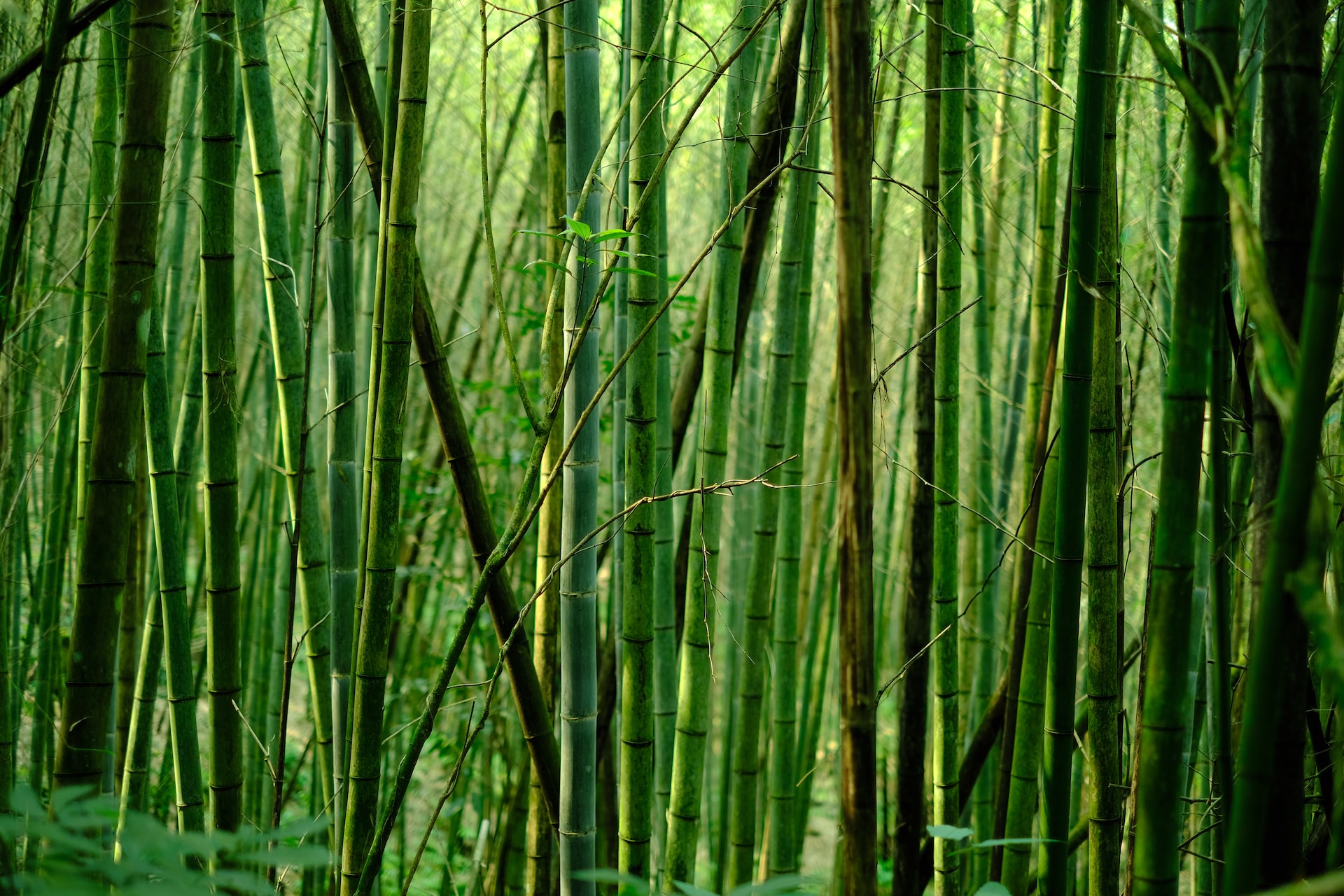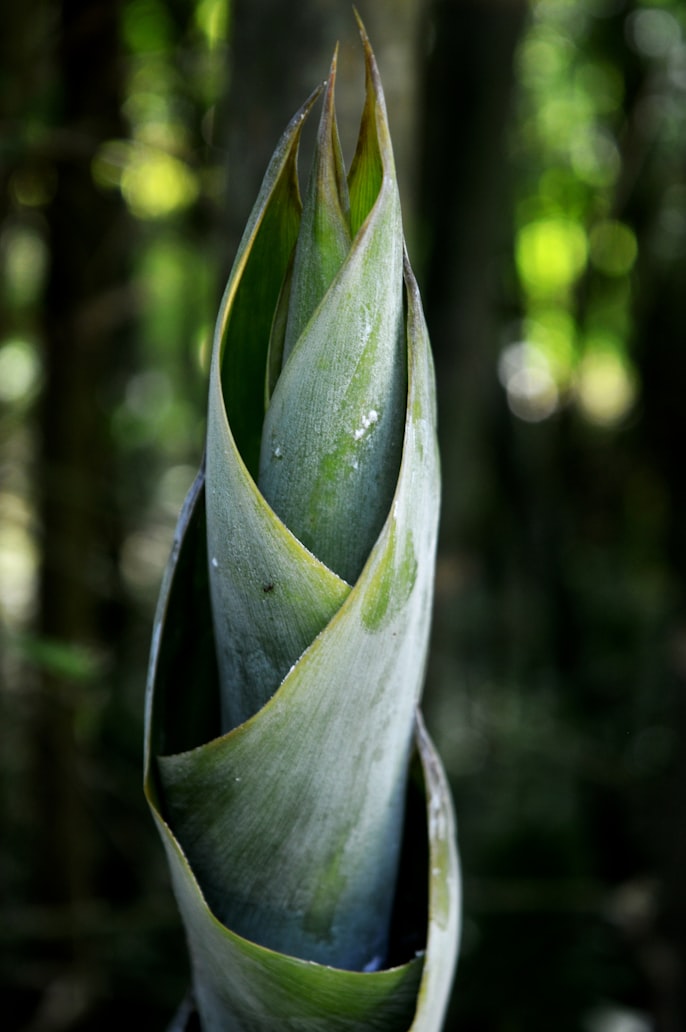The Environmental Benefits of Bamboo: Why This Sustainable Material is Good for the Planet

As concerns about environmental sustainability continue to grow, more and more people are looking for eco-friendly alternatives to traditional materials. Bamboo is one such alternative that is gaining popularity due to its environmental benefits.
In this post, we’ll take a closer look at why bamboo is a sustainable material and how it can help to protect the planet.
What is Bamboo?
Bamboo is a type of grass that is native to many parts of the world, including Asia, South America, and Africa. It is a fast-growing plant that can grow up to several feet per day, and it is known for its strength and durability.
Bamboo is used in a variety of products, including clothing, furniture, and building materials. It is also used in traditional medicine to treat a variety of ailments, including inflammation, wounds, and digestive issues.
The Environmental Benefits of Bamboo
One of the main environmental benefits of bamboo is its sustainability. Bamboo is a fast-growing plant that can be harvested every few years, making it a renewable resource. This means that it can be used to replace traditional materials, such as wood, which are not renewable and can take decades to regrow.
In addition to being a renewable resource, bamboo is also a more water-efficient crop. It requires less water to grow than other crops, making it a sustainable choice for areas with limited water resources.
Bamboo is also an eco-friendly material when it comes to production. The production of bamboo products generates significantly lower greenhouse gas emissions than the production of traditional materials such as wood and concrete. This means that using bamboo products can help to reduce your carbon footprint and support the fight against climate change.
Bamboo’s Ability to Absorb Carbon Dioxide
In addition to its sustainability and low carbon footprint, bamboo is also believed to have the ability to absorb carbon dioxide from the atmosphere. When bamboo grows, it absorbs carbon dioxide through photosynthesis, converting it into biomass. This process removes carbon dioxide from the atmosphere and stores it in the plant.
Some research suggests that bamboo can absorb up to 12 times more carbon dioxide per hectare per year than trees, making it a powerful tool in the fight against climate change. By planting bamboo forests, we can help to absorb carbon dioxide from the atmosphere and reduce the risk of soil erosion.
In conclusion, bamboo is a sustainable and eco-friendly material that has numerous environmental benefits. Its fast growth and low water requirements make it a renewable resource, and its low carbon footprint and ability to absorb carbon dioxide make it a powerful tool in the fight against climate change. By using bamboo products and planting bamboo forests, we can help to reduce our impact on the planet and support a more sustainable future.








